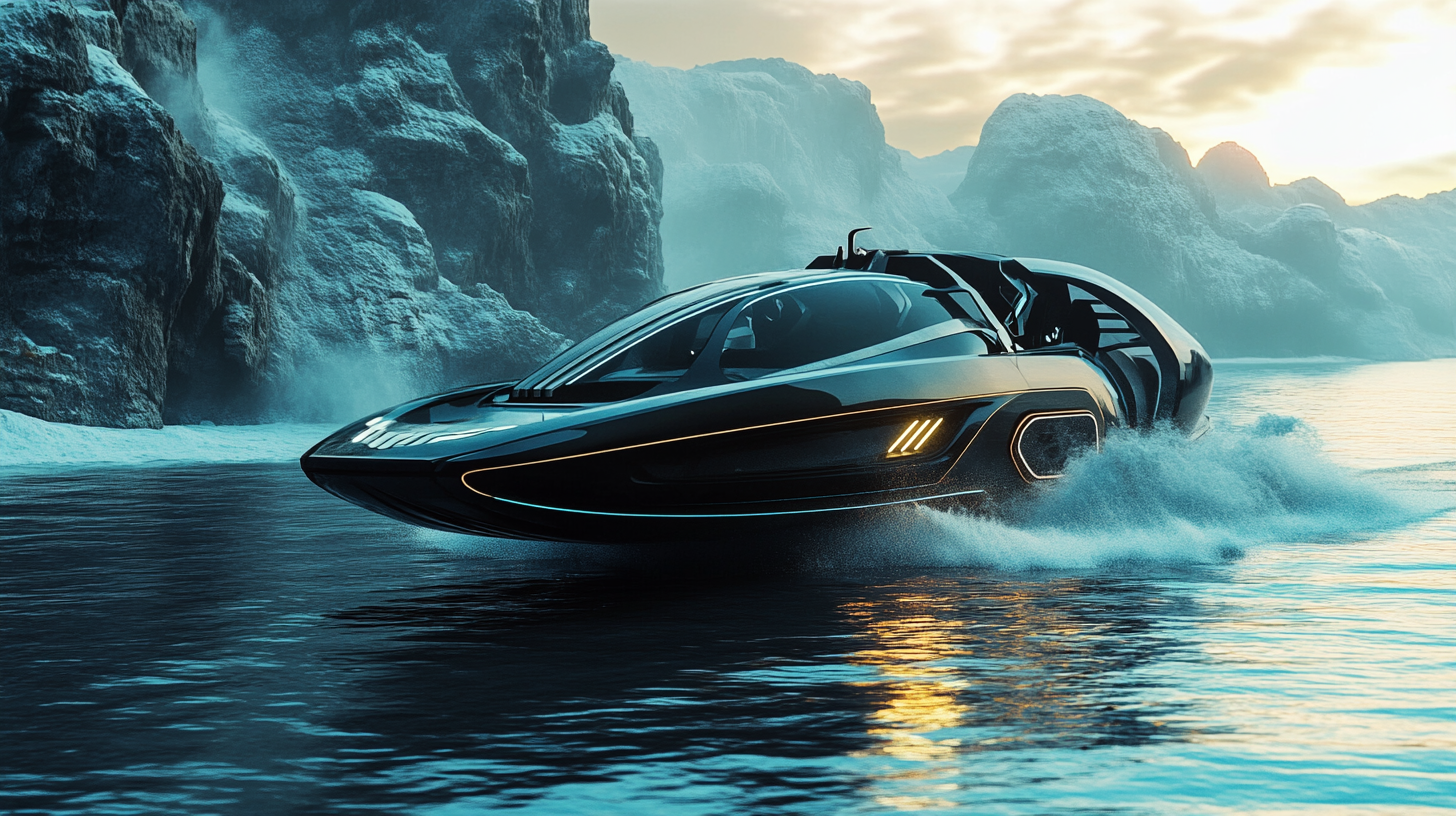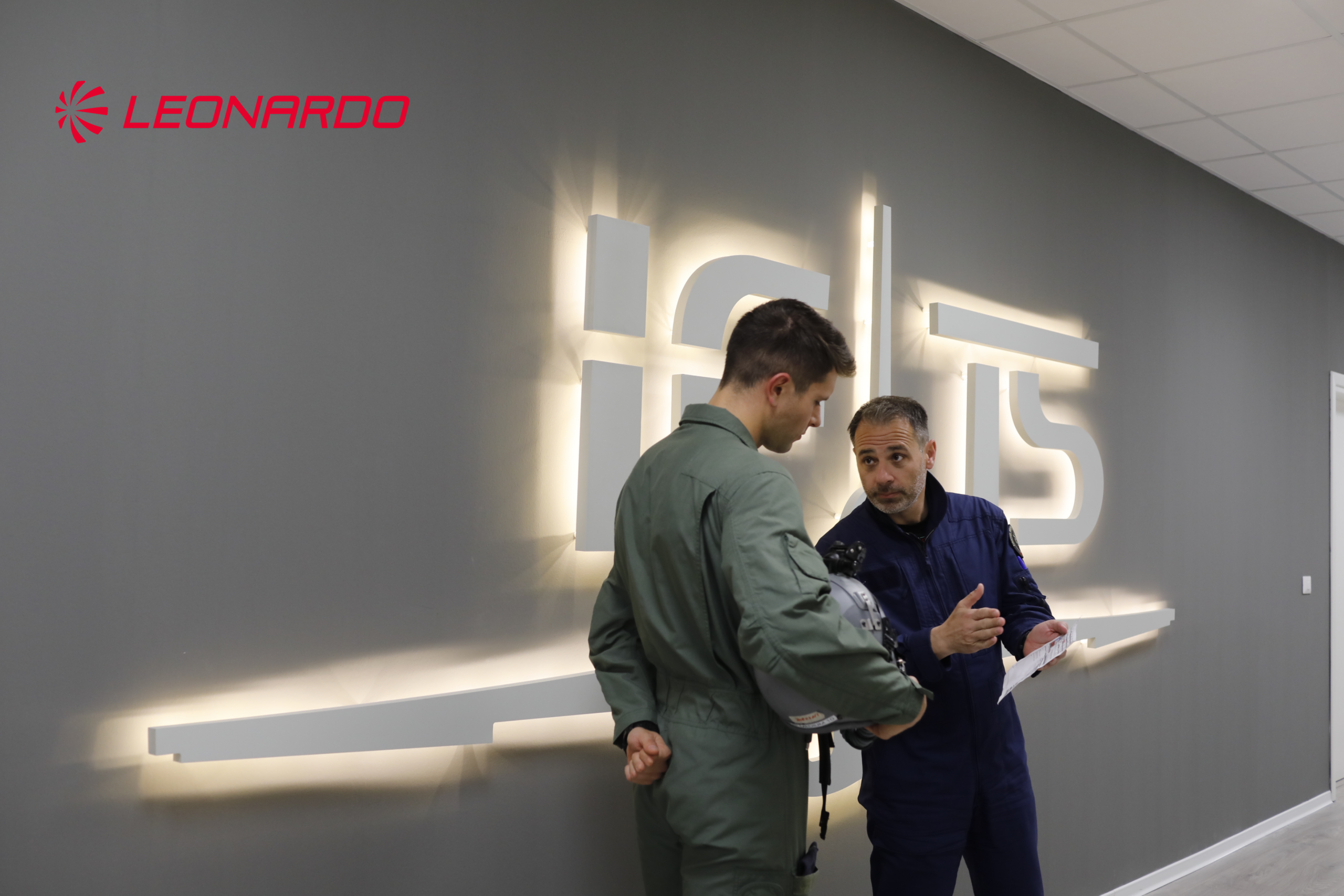Almost Zero Emission Hydrofoil, Suspended on Water, Revolutionizing Urban Transport. Interest from Saudi Arabia, USA, and New Zealand
In Stockholm, where streets alternate with canals and the sea enters the city like a vital artery, water transport has always been an integral part of daily life. But today, in this landscape marked by bridges, docks, and boats, a new vessel is rewriting the rules of urban mobility: it’s called Nova, and it’s the first high-speed electric ferry with hydrofoils to be employed in public transport in the Swedish capital.
In operation for only a few months on Line 89, which connects Tappström to the city center, Nova doesn’t simply navigate: it hovers above the water. This is thanks to the technology developed by Candela, a Swedish startup that created the P-12 Shuttle model, a fully electric hydrofoil designed to combine energy efficiency and environmental sustainability.
With 340 kW electric motors and a 252 kWh battery, Nova can carry up to 30 passengers at a speed of 60 km/h, maintaining a stable cruising speed of 46 km/h. Its retractable hydrofoils, similar to those of airplanes, allow it to lift up to one meter above the water, reducing friction by over 80%. The result is a drastic reduction in energy consumption: 84% less energy per passenger-kilometer compared to traditional diesel ferries.
But the real strength lies in its almost zero environmental impact. Nova emits only 23 grams of CO₂ per passenger-kilometer, compared to 439 grams from old diesel ferries. Its navigation is silent, without significant waves or vibrations, with minimal impact on shorelines, ecosystems, and marine life. A true blue revolution.
An Immediate Success
Nova’s debut has been a success. In just a few months, it has completed over 120 trips, recording an average occupancy rate of 80%. The service’s efficiency and speed have prompted local authorities to extend its operation to every day starting in May. The effect is already visible: Line 89 has seen a 30% increase in passengers compared to the past. A concrete response to the demand for sustainable mobility in a metropolis where water is a road.
“We’re witnessing a cultural shift,” says Gustav Hasselskog, founder and CEO of Candela. “More and more people are choosing the electric ferry over the car, without sacrificing speed or comfort. This is the future of cities built on water.”
Technology with a Long-Term Vision
The success of Nova has already crossed Swedish borders. Candela’s technology has attracted interest from numerous countries: the USA, New Zealand, Germany, and Saudi Arabia have initiated contacts or already placed orders. In particular, the P-12 model could be adopted in coastal smart city projects, such as Neom, the futuristic metropolis being developed by the Saudi government on the shores of the Red Sea.
Despite an initial cost of about €1.7 million per unit, the long-term economic benefits are significant: low operational costs, minimal maintenance, and no dependence on fossil fuels. No less important, there’s superior travel experience quality, appreciated by both passengers and citizens benefiting from a quieter, cleaner urban environment.
Towards an Electric Maritime Ecosystem
Candela is now focusing on creating an international fast-charging network, allowing electric maritime transport to expand along European and global coastlines, connecting cities and regions with zero-emission ferries. This infrastructure is designed to integrate with land transport and be adaptable to different urban contexts, from historic ports to new coastal settlements.
In Stockholm, Nova has already proven that another way of getting around is possible. Faster, cleaner, quieter. In a world increasingly focused on sustainability, electric maritime transport could soon become a cornerstone of urban mobility in the future.






